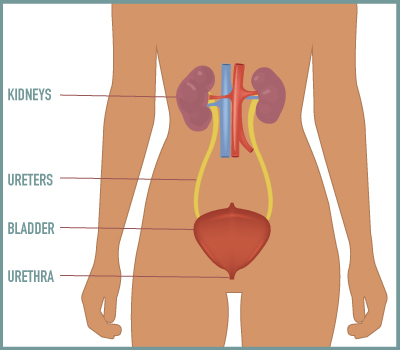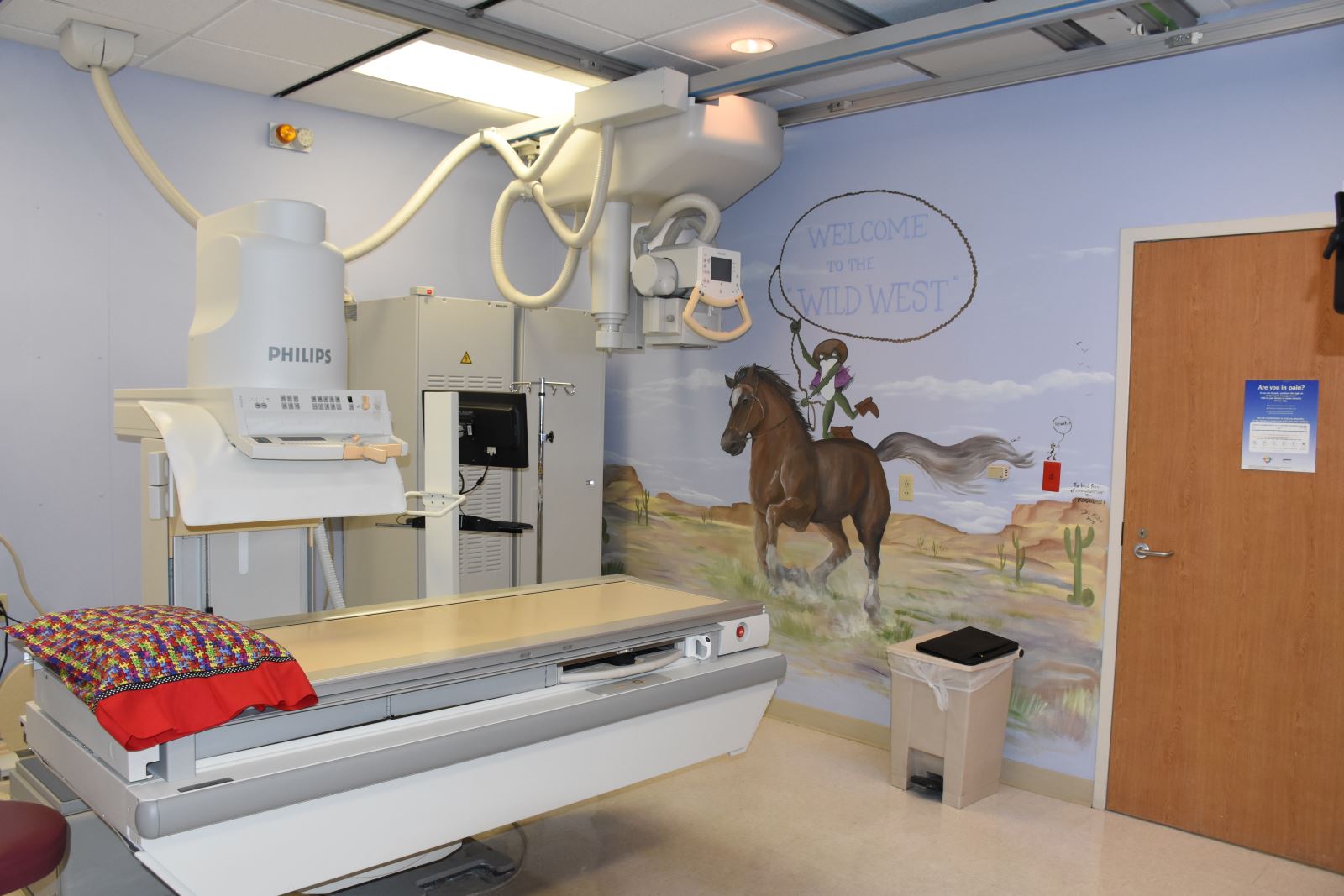What to Expect for your Child’s VCUG at Children’s Hospital
What is a VCUG (voiding cystourethrogram)?
A VCUG is a test that uses x-ray images to take pictures of your child’s kidneys, ureters and bladder to see how well they are working. Urine is made in the kidneys. Once urine is made, it flows down tiny tubes called ureters into the bladder.
Why is a VCUG necessary?
A VCUG helps the doctor determine if your child has any problems with their anatomy, including if your child has reflux. This is a condition when the urine has a reverse flow back into the kidneys from the bladder.
What happens before your VCUG
- Mothers who are pregnant are not allowed in the exam room due to the x-ray radiation. However, another trusted adult may accompany your child during the test. Please allow for added supervision for any siblings, as they are not allowed in the exam room.
- There are no restrictions for eating and drinking before the test.
What happens during the VCUG?
- As long as you are not pregnant, and have adequate supervision for any siblings, you may stay with your child throughout the entire test
- Your child will be asked to change into a hospital gown (removing shirt, pants, and underwear) and lie on a special x-ray table.
- Girls will be asked to lie in a “butterfly position,” where the bottoms of the feet are together with knees facing outward.
- Boys will be asked to lie straight as a pencil with their legs closed together.
- The Radiology Practitioner will clean the area where your child pees three times with brown soap. This may feel cold and wet.
- Next, a small flexible tube called a catheter will be placed in the opening where your child pees. The catheter is a pediatric size used for infants through older children. Encourage your child to take slow, deep breaths to help their body relax.
- Once the tube is placed, contrast, a special clear liquid that can be seen on x-rays, will flow through the tube into your child’s bladder. This may make your child feel like they have to pee.
- An x-ray camera will take pictures of your child’s bladder as it fills. The camera will get close, but will not touch.
- Once the bladder is full, your child will be asked to pee on the towels and pads on the table. This may feel silly to pee on a table. You may want to reassure your child that they are only peeing out the picture water, not actual pee. The tube will slide right out as your child is peeing.
- After a few more pictures are taken, your child may get cleaned up and dressed.
This is our special X-ray machine that will take pictures of your child's bladder.
What to expect after the test
- A radiologist will review these images and will send a report to your child’s doctor. The doctor will contact you with results.
- A pinkish tinge to your child’s urine over the next few days is normal. Please encourage your child to drink plenty of water.
- A warm bath may help soothe any irritation your child may have from the catheter
- Infants next few diapers may be sticky after the test if their bladder is not emptied completely during the test
How you can help your child?
- Bring comforting items from home that your child likes such as a favorite blanket, toy, book, etc
- Give praise to your child by letting them know they are doing a good job
- Children tend to have a more positive experience if they see that you remain calm throughout the test
- Always assure your child that everyone is there to help and they are helping to find out what to do to make your child feel better
Child Life Specialists are trained professionals who help children and families understand and cope with the hospital environment. A Child Life Specialist may be available to help prepare and support your child during the test. To speak to a Child Life Specialist prior to your appointment, please call 423-778-6818. Learn more about our Child Life Program.



